The redone Mickey’s Toontown awaits families with a freshly designed experience.
Your kids might have been missing Mickey’s Toontown for a few years now. Between a pandemic and a renovation, the land most designed for kids has been mostly out of their reach since 2020.
You know, it’s that place at the back end of the park that looks like an old Max Fleischer cartoon that a generation of kids have already grown up with and are now bringing their own kids back to. It’s a place that a group of Disney creatives didn’t revamp so much as re-think.
The newly “re-tooned” Toontown features a new, high-tech musical attraction in Mickey & Minnie’s Runaway Railway, brought over from Disney’s Hollywood Studios in Florida, but also a lot of little things — and green things — that could change the way families enjoy a day at the park. Nothing in the history of Disneyland has received this particular kind of makeover, and it will be a welcome change for a lot of families.
“We spent about a year benchmarking, researching, traveling to different children’s museums, science centers and playgrounds around the state to learn, with our own families, how parents and children play together,” says Ryan Wineinger, senior creative director.
That nearly scientific approach to refurbishing a small theme park area was first provided by a pandemic and the pending arrival of Runaway Railway, but then became an opportunity to do something more.
“That was the beginning, and we learned a lot at the very top and knew very quickly this was an ambitious ask,” Wineinger says. “To take a land like this and re-imagine, with the family unit in mind, how they could enjoy the space in a way that is as stimulating as possible for the children who need that incredible engagement of play, and at the same time, decompress them when they’ve overstimulated themselves. We also wanted to give parents the chance to enjoy a break for a moment while their children get out of the stroller safely in a land that is meant to be touched. It’s a bit of a different paradigm than maybe the culture of the other lands at Disneyland. We’re excited that this has become a very parent- and family-forward destination.”
Toontown for Everyone
Jeffrey Shaver-Moskowitz, portfolio executive producer at Walt Disney Imagineering, says they studied what kids are attracted to and found simple things like water and sensory play, climbing, sliding and similar elements.
But the key to this, in a word, was inclusivity.
“It meant a lot to us from the very beginning,” Wineinger says. “It was clear when we talk about how important play is to childhood development, we need to make sure children can play as safely, both physically and emotionally, as possible. It was about removing barriers to play wherever we can.
“You’ll notice the land is entirely curb-less,” he says. “Children who are just learning how to walk and guests who are in wheelchairs can easily maneuver it. The top of slides and clubhouses have all been conceived so wheelchairs can access them as well. We’ve considered guests with unique sensory needs too. A natural decompressing environment, with areas that are really clear to understand how to use. What we hope is that families learn this is a really easy place to play. It will not be challenging, and children, regardless of who you are, will find a way to use all these amazing things.”
Shaver-Moskowitz says when they thought about the design, it came down to “designing for every one of our guests, so they knew they were seen when they came into this land and knew this place was designed for them. Everything should be wheelchair-accessible, from our interactive fountain, that was designed for the height of a child’s wheelchair to be able to roll right up to it and to be able to play in that water space, to the ramping system that gets you up to Max’s clubhouse. The roller slides have a landing at the sides so little ones that need a little time to get back in their wheelchairs won’t feel the pressure of kids coming down behind them. All of those moments were thought about. Kids on the spectrum who have sensory needs, we wanted to design touch experiences for them. Even the sound design has natural sounds and things that weren’t going to disturb anybody with sound-sensory challenges. And then finding places for decompression, because our parks can be really exciting places for guests, but we wanted them to enjoy a quiet space as well.”
A re-think demanded a different kind of testing. Testing the little things as well as special needs distinctions.
“We worked with experts in the industry to really take a look at what [we] were designing — those working in the fields of child psychology and special needs — to check ourselves. We knew what the team had in terms of design and would ask the experts: ‘These are the things we’re thinking about. Are we hitting the mark? Are we sure we’re serving these needs?’” Shaver-Moskowitz says.
Jennifer Schwartz, lead concept designer for Runaway Railway and Toontown, says using the teams’ own children for research gave them data they just wouldn’t be able to get otherwise. “We took them to children’s museums and interactive spaces to see what the initial reactions were without telling them anything. Just having that kind of first-hand knowledge was super key for us in the design process.”
But for most involved in the Toontown re-think, there was already good reason to believe a new approach could really be beneficial.
“We know a lot more about childhood development in the 2020s than we did in the 1980s,” Wineinger says. “I come from a line of teachers and even just to watch how my mother has adapted to teaching over the last three decades has taught me maybe everything I needed to know about what it means to engage children. There are timeless principles, but frankly a lot has happened.”
Shaver-Moskowitz recalled his first visit to Magic Kingdom, saying his son “was either in a holder all day or in a stroller. There was no place for him to run out energy, or touch or crawl or do any of those things. Those kids have a great day at Disneyland, but to have a space where they can get out the wiggles and run in circles in a green space, it just makes it a better day for everyone. Seeing kids in the land for the first time today made my heart proud.”
And when they weren’t using their own kids to test ideas, they were drawing on their own inner child.
“I’m a ‘90s kid,” says Schwartz. “I loved ‘A Goofy Movie,’ so we had that in mind when we designed How-to-Play Yard. There are a lot of references to it in that yard. You’re trying to find Bigfoot, and back in the clubhouse, there’s also a little birdhouse where you can peek in and see little vignettes, and inside Goofy’s House there’s a candy-making machine. That’s a lot of interactive elements kids can play with and touch. That was definitely my favorite part of the project.”
A Retro-Forward Ride
What will likely be the main draw at first is Runaway Railway, featuring an idea Walt Disney himself would have loved: Visitors going inside the cartoon. As the queue takes visitors through the lobby of the El CapiTOON Theater, past posters of previous Mickey cartoons and “props” from his various films, they then enter a small theater and in what Imagineers call the “pre-show,” begin to watch a retro-style Mickey cartoon that goes all wrong and allows visitors to enter the cartoon world on a track-less, high-tech dark ride similar to that used for the park’s hottest rides, Rise of the Resistance and WEB Slingers.
Both sweetly nostalgic and cutting-edge, it’s Disney imagineering in classic style. And the pre-show, though less complicated than ROTR or WEB Slingers, is perhaps the perfect touch for the 100th anniversary of Disney’s animation studio.
“We love that we’ve struck this line, with re-imagining Toontown, that you might have a hard time remembering what was and wasn’t here because we really thought about how to re-thread this so it feels like what’s always been here,” Wineinger says.
“We’ve rearranged some things and built some things entirely new with inclusivity in mind, but the big dramatic change is how much green, decompressing space the land has now. Natural trees are important, natural, earthy shade matters to kids. They just play differently under a tree than under a shade structure, so we wanted to bring as much shade as we could. It feels a lot like it did, but the biggest transformation is the spirit of trying to embrace as many families as possible.”

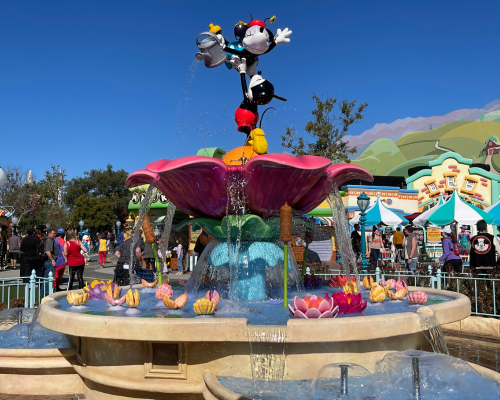
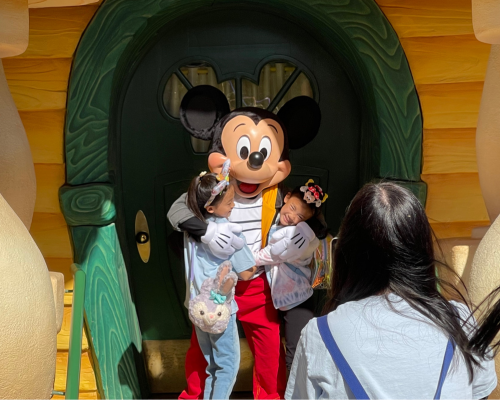
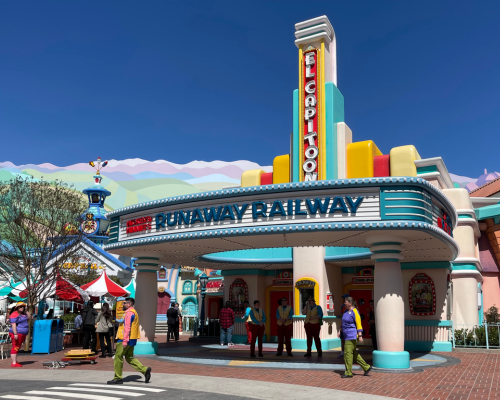

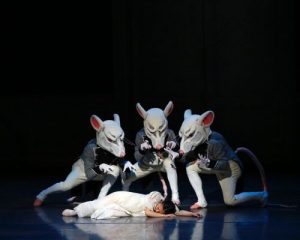

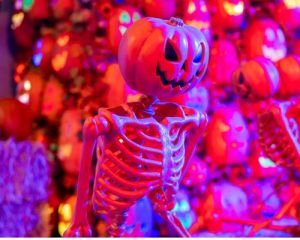
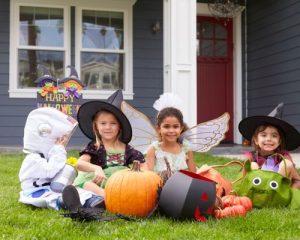
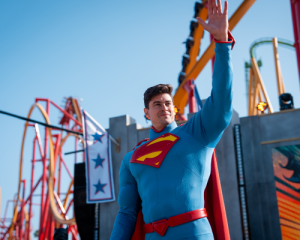
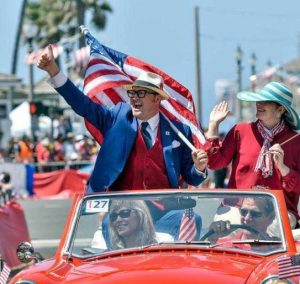

Leave a Reply